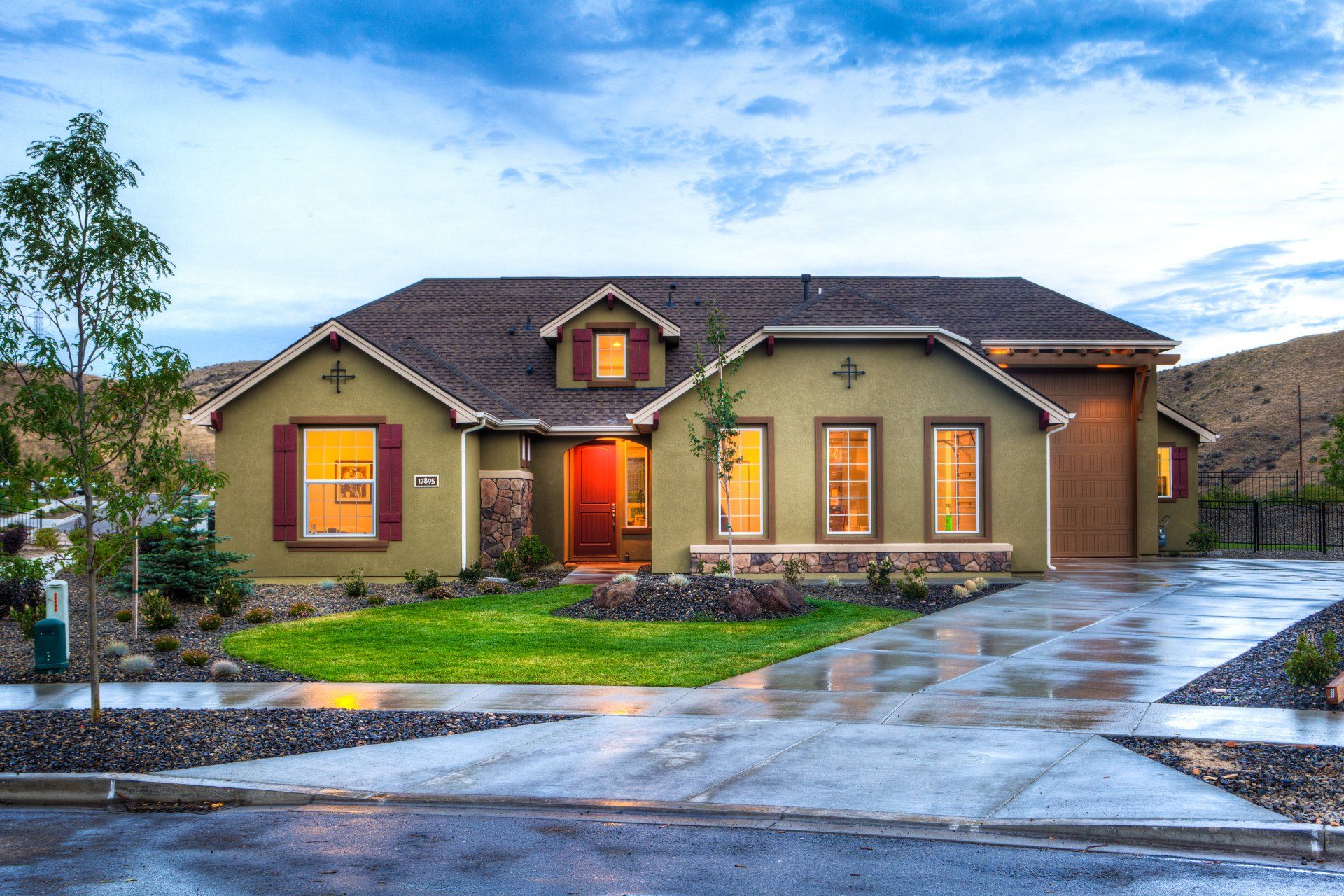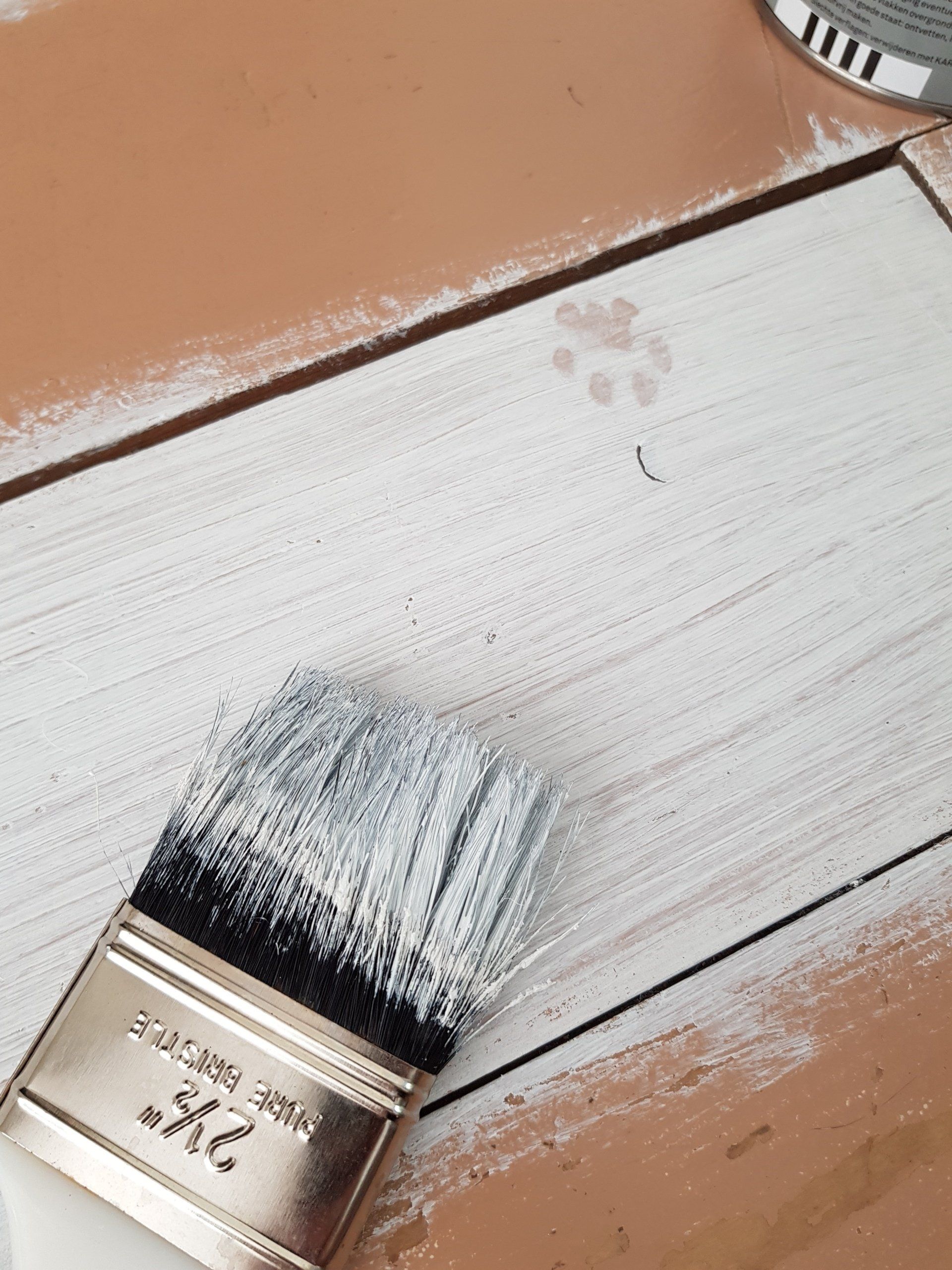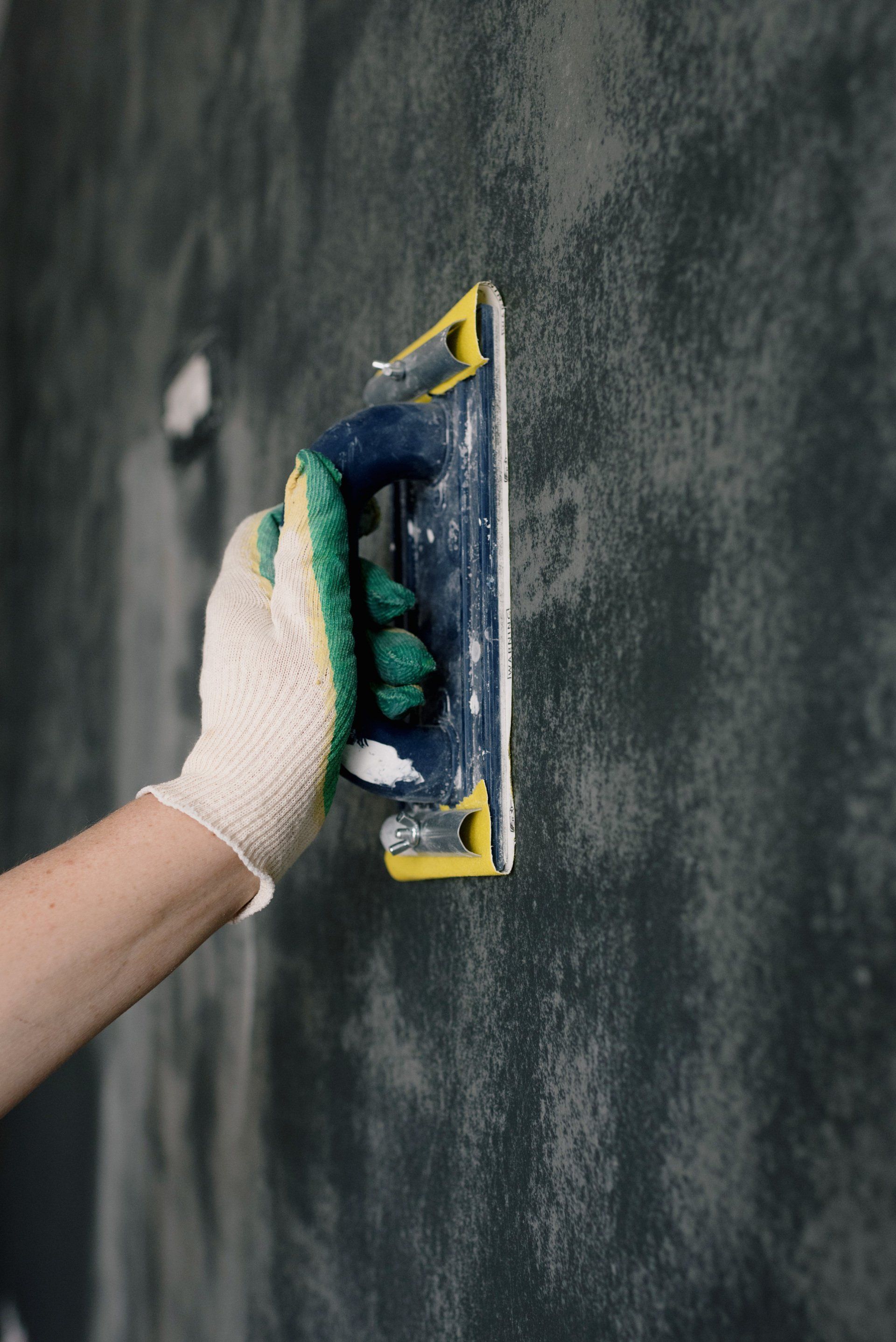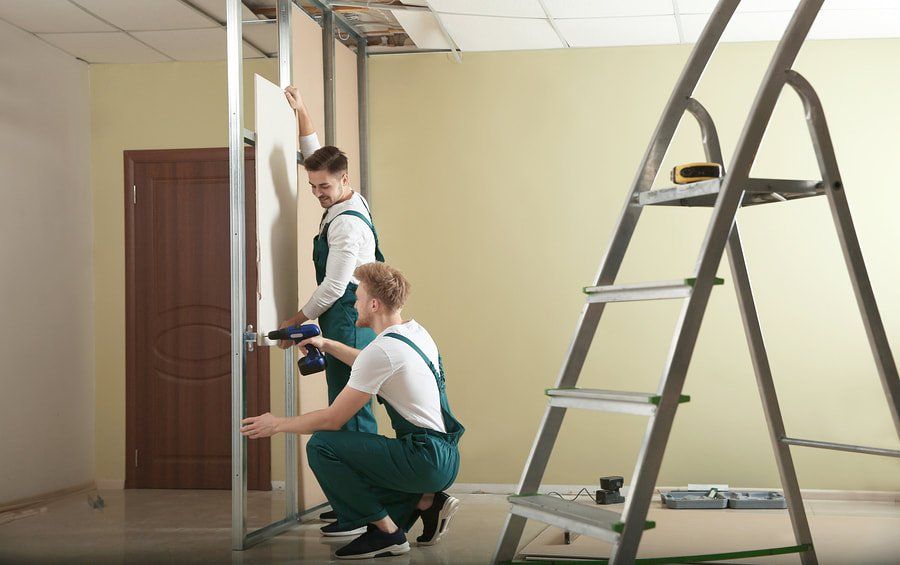Mastering Ceiling Water Damage Repair: A Complete Guide
Mastering the Art of Ceiling Water Damage Repair: Cost-Efficient Methods and Expert Insights
Ceilings are often overlooked until a problem arises, and one of the most common issues homeowners face is ceiling water damage. Whether it's due to a leaky roof, plumbing issues, or unexpected water intrusion, knowing how to address ceiling water damage promptly can save you from costly repairs down the line. In this comprehensive guide, we'll explore everything you need to know about ceiling water damage, including the cost of repairs, repair methods, and finding the right professionals nearby.

Understanding Ceiling Water Damage
Ceiling water damage occurs when water infiltrates the ceiling structure, causing various issues depending on the ceiling material. Drywall ceilings, popcorn ceilings, and textured ceilings all have unique vulnerabilities when exposed to moisture.
Causes of Ceiling Water Damage
Common causes of ceiling water damage include:
- Roof Leaks: Damaged or missing shingles, deteriorated flashing, or clogged gutters can allow water to seep into your home.
- Plumbing Issues: Burst pipes, leaky faucets, and faulty plumbing can result in water damage, often affecting ceilings on lower floors.
- Condensation: In areas with high humidity, condensation can accumulate on the ceiling surface over time, leading to water damage.
Cost of Repairing Ceiling Water Damage
The cost of repairing ceiling water damage can vary significantly based on several factors:
Extent of Damage
Minor stains and small patches of water damage are less expensive to repair than widespread damage that requires extensive work.
Materials Used
The choice of materials for repair, such as drywall, popcorn ceiling texture, or plaster, can impact the overall cost.
Labor Costs
Labor costs can vary depending on the complexity of the repair and the rates charged by local contractors.
Location
The cost of repairs can also be influenced by your geographical location and local labor rates.
Repairing Drywall Ceiling Water Damage
Drywall ceilings are among the most common types of ceilings in homes, and they are susceptible to water damage. Here are the steps involved in repairing drywall ceiling water damage:
- Assessment: Identify the extent of the damage, including any sagging or compromised structural elements.
- Safety First: Ensure the area is safe to work in, and take appropriate safety precautions.
- Remove Damaged Material: Cut away and remove the damaged drywall, creating a clean and stable surface for repairs.
- Replace Drywall: Install new drywall patches, ensuring a secure fit and proper alignment.
- Tape and Mud: Apply joint tape and multiple layers of joint compound (mud) to create a seamless finish.
- Sanding and Painting: Sand the repaired area to a smooth finish and paint to match the existing ceiling.
Finding Ceiling Water Damage Repair Near Me
When dealing with ceiling water damage, finding a reliable and skilled professional is crucial. Here are some steps to help you find the right help nearby:
- Ask for Recommendations: Seek recommendations from friends, family, and neighbors who may have had similar repairs done.
- Online Search: Use search engines and online directories to find local contractors specializing in ceiling water damage repair.
- Check Reviews: Look for customer reviews and ratings to gauge the quality of service provided by potential contractors.
- Request Quotes: Contact multiple contractors for quotes, ensuring they assess the damage in person.
- Verify Credentials: Verify the contractor's credentials, including licenses, insurance, and certifications.
Repairing Popcorn Ceiling and Textured Ceiling Water Damage
Popcorn and textured ceilings present unique challenges when it comes to repairing water damage. Due to their textured nature, repairs require specific techniques:
- Assessment: Determine the extent of the damage and whether the texture needs to be replicated.
- Repairing the Damage: Depending on the extent of the damage, this may involve patching and smoothing the area or recreating the textured finish.
- Matching Texture: Matching the existing texture can be challenging. A professional may use specialized tools and techniques to achieve a seamless look.
Patching Drywall Ceiling Water Damage
Patching small areas of drywall ceiling water damage can often be a DIY project. Here are the steps to patch drywall ceiling water damage:
- Clean the Area: Remove any loose or damaged material and clean the area thoroughly.
- Apply Patch: Use a pre-made patch or cut a piece of drywall to fit the damaged area and secure it in place.
- Tape and Mud: Apply joint tape and joint compound (mud) over the patch, feathering the edges for a smooth finish.
- Sanding and Painting: Sand the patched area, prime, and paint to match the surrounding ceiling.
Conclusion
Ceiling water damage can be a homeowner's nightmare, but with the right knowledge and professionals by your side, you can address it effectively. Remember that addressing water damage promptly is essential to prevent further structural issues and mold growth. Whether you're dealing with drywall, popcorn, or textured ceilings, understanding the repair process and finding the right help nearby will ensure your home remains safe and beautiful. Don't hesitate to reach out to local professionals to assess and repair any ceiling water damage you may encounter.
Ready to work with TUSCON DW?
Let's connect! We’re here to help.
Send us a message and we’ll be in touch.
Or give us a call today at 111-222-3333









